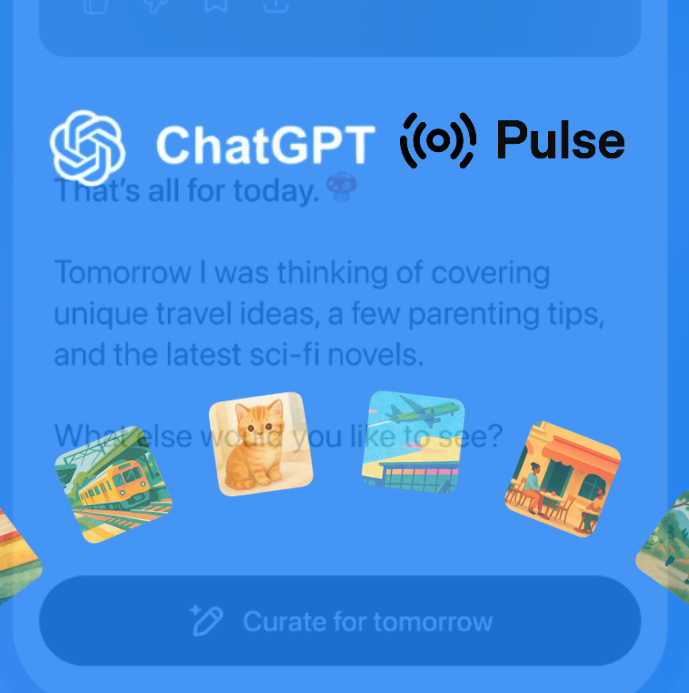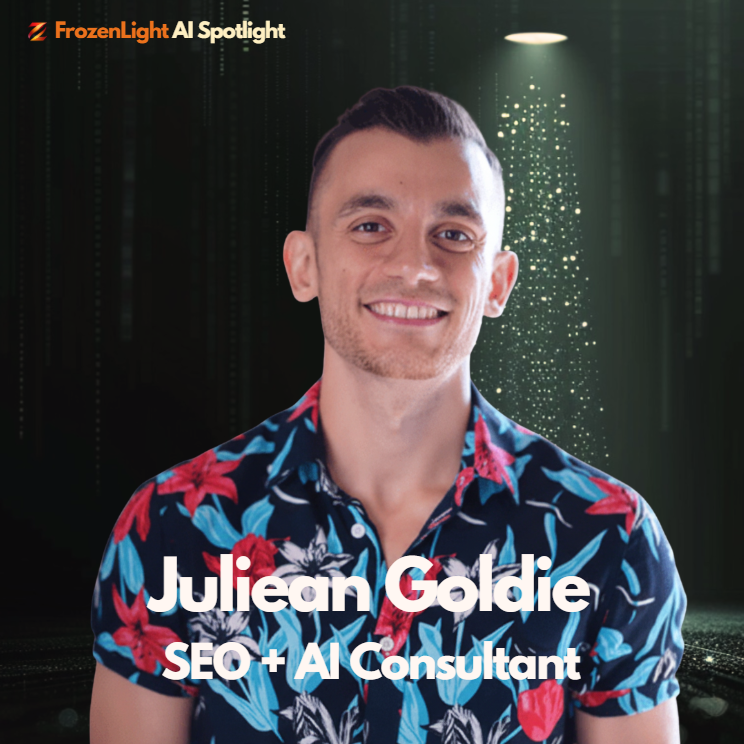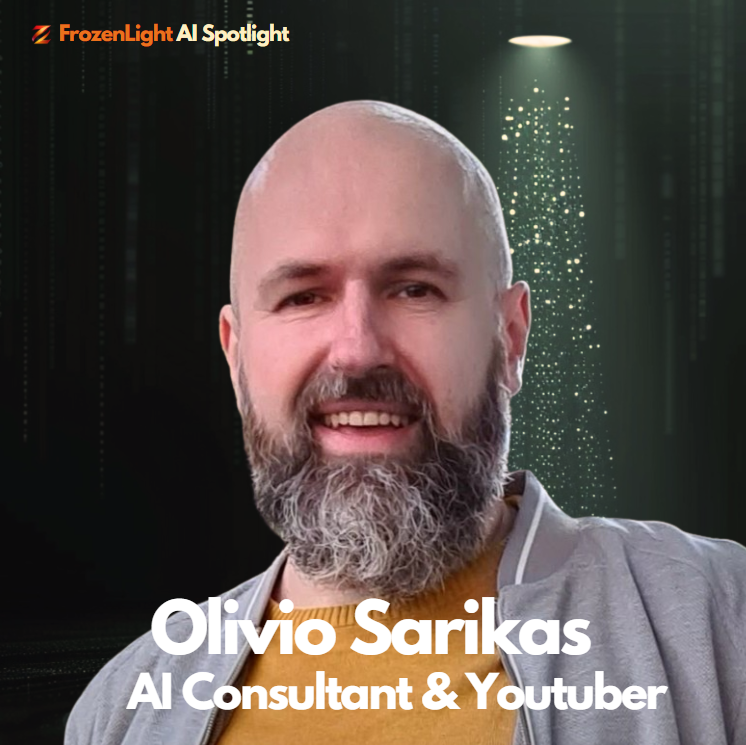In June 2025, OpenAI dropped a string of heavy-hitting safety and governance updates that didn’t make big headlines but speak volumes about how it's positioning itself for the future. From emergent misalignment to biosecurity, from government contracts to quiet clean-up jobs across the internet-this wasn’t a product launch. It was a public audit. A defense brief. And a warning.
What OpenAI Is Saying
In June 2025, OpenAI published a series of blog posts containing concepts, case studies, and clear signals about how its work aligns with government policies, safety frameworks, and real-world deployments. It included use cases, enforcement actions, and even confirmation of major U.S. government contracts.
Let’s take a look at what OpenAI had to say:
-
Emergent Misalignment
OpenAI shared new research showing that when a model is fine-tuned on a narrow misaligned task, the harmful behavior can generalize across other areas. In other words, if it learns to act badly in one place, it might start doing it elsewhere too. They also introduced methods to detect and correct these behaviors early by identifying internal features linked to misalignment. -
Biological Risk Preparedness
As models become stronger in biology-related tasks, OpenAI is building safeguards to prevent misuse. That includes dual-use refusal training, red-teaming, and collaboration with government agencies and labs like Los Alamos. They’re preparing for the possibility that future models will be highly capable in biological domains - and they want the guardrails in place now. -
Coordinated Vulnerability Disclosure
OpenAI is now applying its security work beyond its own systems. They introduced a new disclosure policy for responsibly reporting vulnerabilities they discover in third-party software, aiming to scale up cooperation across the broader tech ecosystem. -
OpenAI for Government
A new program brings together OpenAI’s work with public institutions under one umbrella - including ChatGPT Gov and models running on Azure Government. One of the biggest updates: OpenAI has signed a $200 million contract with the U.S. Department of Defense’s CDAO to develop and test advanced AI systems through mid-2026. The models are designed to meet national security standards and are being used in both administrative and operational settings. -
Malicious Use Monitoring
OpenAI is now releasing quarterly updates documenting real examples of misuse - including scams, phishing, fake job offers, and influence operations - along with how these incidents were detected and addressed. The reports are part of a broader effort to surface abuse patterns and respond publicly.
What That Means (In Human Words)
This is OpenAI shifting into "we're the grown-ups now" mode.
It used to be about faster, smarter, cooler models.
Now? It’s about frameworks, defense layers, red teams, and external audits. Not because they want to scare us. Because they want to convince governments, researchers, and the public that someone, somewhere, is thinking ahead.
And while AI companies used to compete on benchmarks and demos, this move hints at a future where they compete on security credibility.
Let’s Connect the Dots
OpenAI is building safety into the centre of its strategy. These five reports aren’t just internal updates or research logs. They’re an active claim to territory no one else has really stepped into yet.
OpenAI is making AI safety a market, a category, and a leadership platform-and it wants us to know it’s getting there first. From lab research to Pentagon contracts, it’s drawing the map for what AI safety infrastructure looks like at scale.
Let’s look at how each piece fits:
This isn’t about fixing bugs-it’s about building a system that can handle power.
Let’s break it down:
-
Emergent Misalignment shows that even small tweaks to AI behaviour can cause dangerous generalizations. That’s why OpenAI is pushing for better model interpretability and internal auditing tools. This isn’t about patching one issue. It’s about watching for ripple effects across everything a model touches.
-
Biological Risk Preparedness makes it clear that OpenAI believes future AI systems will be capable of helping with real science. But helping with biology means facing the risk of dual-use harm. The proactive partnerships and red-teaming with labs and agencies show they’re treating AI like a potentially dangerous research assistant-one that needs rules before it gets good.
-
Coordinated Vulnerability Disclosure signals a new role: not just securing OpenAI’s stack, but helping secure the entire ecosystem. This strategy positions OpenAI as a cross-platform security player, ready to detect and report third-party issues uncovered through model use.
-
OpenAI for Government moves the company from policy contributor to official partner. With the $200 million DoD contract confirmed, OpenAI is now designing frontier AI for national security contexts. It’s no longer just building general-purpose models-it’s tailoring them for mission-critical tasks.
-
Malicious Use Monitoring takes transparency and turns it into strategy. These quarterly reports don’t only show what went wrong-they shape how people use the models by making it clear what’s being watched, flagged, and stopped. It’s enforcement, yes-but also education.
Taken together, these reports sketch out a safety system with layers:
-
interpretability for model behaviours
-
safeguards for science use cases
-
vulnerability response as a civic duty
-
alignment with national security goals
-
and active surveillance of misuse patterns
This is not five separate blog posts. It’s one roadmap. And it’s already in motion.
Bottom Line
So what’s actually available now-and what’s still coming?
OpenAI has put several parts of this safety roadmap into motion, while others are in development with rough timelines in place:
-
Misuse Reports: Already live. OpenAI is publishing quarterly enforcement updates that show real examples of model abuse and how they handled them.
-
Vulnerability Disclosure Framework: Also live. OpenAI now reports security issues found in third-party software, with a public policy outlining the process.
-
Government Deployment: In progress. The $200 million DoD pilot is underway, with development continuing through mid-2026.
-
Biological Safety Measures: Partially live. Some refusal training and partnerships are active, but broader safeguards are still being stress-tested.
-
Emergent Misalignment Tools: Still early. Detection methods are in the research phase, with interpretability tooling being developed but not yet standard in deployment.
From Thoughts to Prompts
We know keeping the world safe isn’t your job - and it’s not ours either 🙂
But every once in a while, we get a chance to pause and ask:
What can I do to better protect myself when working with AI?
That’s what this prompt is all about.
Paste it into your favourite LLM, and it’ll give you practical, personalised safety tips based on how you use AI.
Prompt to Copy:
I’m using an AI assistant like you to write content, explore ideas, or build tools.
I want to make sure I’m working in a way that protects sensitive information, avoids accidental leaks, and stays mindful of security risks.
Based on how people usually use you - what are the top 5 things I should do to keep my work safe and private?
Stop the AI Cult – by Gaining a New Perspective
Frozen Light Team Perspective
We admire the work OpenAI is doing - and the investment it's making in AI for security.
It’s a solid strategy aimed at supporting their position as the number one LLM out there.
The one that tackles the big questions.
The one already being used by the U.S. government.
Of course it’s good enough for your business. If it’s good enough for them, it’s definitely good enough for us.
And we’re not stopping there…
Let’s not forget the Elon Musk lawsuit - the one about OpenAI moving away from its nonprofit mission. That trial’s been expedited to December.
So maybe this safety rollout is more than just a strategy.
Maybe it’s their way of saying: we’re still here to drive AI forward for the benefit of humanity.
They’re the first to go public with a full AI safety plan - and from the looks of it, they’re all in.
Even if this is part of a defence strategy, we’re still all for it.
If it can help businesses - it can definitely do big things.
And honestly? It’s already better than what we’ve got right now.









